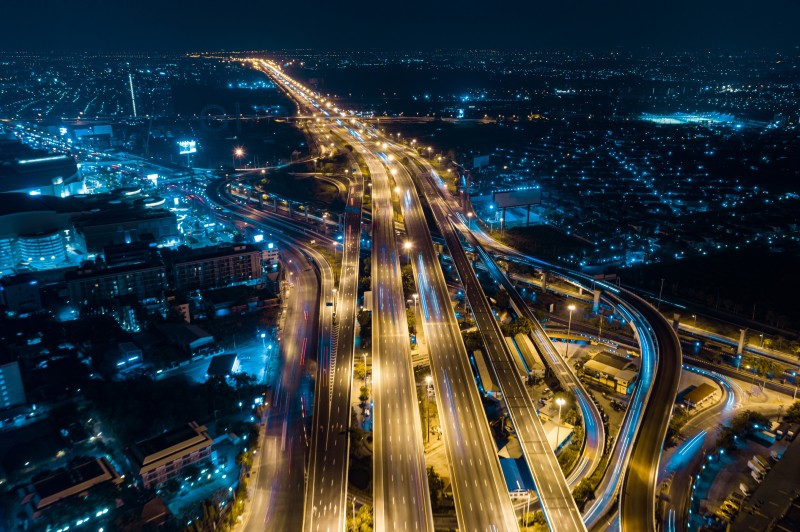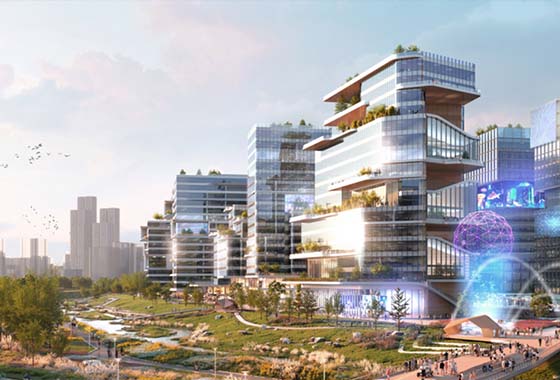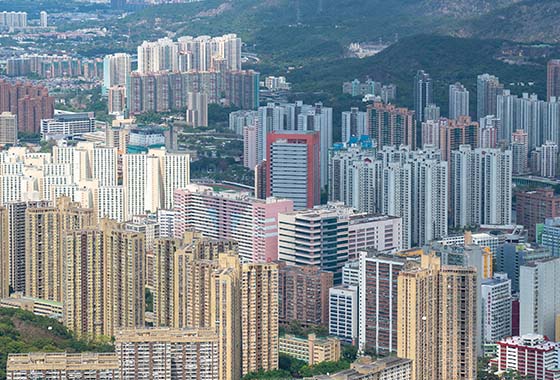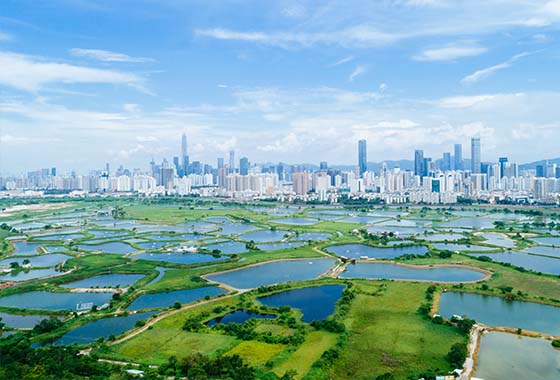How can Hong Kong alter the fate of a congested city?
This article appeared originally in the China Daily on 18 January, 2023.
Authors: Ryan Ip, Research Director and Head of Land & Housing Research, and Jacqueline Hui, Researcher at Our Hong Kong Foundation.

The franchise of the Western Harbour Crossing (WHC) will soon expire in 2023. Given this, the government recently proposed new toll plans for the three cross-harbor tunnels, reducing the WHC toll to HK$60 ($7.68) while raising the tolls of the other two to HK$30.
However, the effectiveness of the new toll plans remains dubious, as users of the WHC still pay double. Worse still, other motorways, such as Tuen Mun Road and Tolo Highway, are also overloaded during peak hours. Even when residents try to avoid traffic jams by taking the MTR, recent accidents involving derailment and broken doors indicate that the MTR can be vulnerable. In a “city of congestion” where neither the three tunnels nor the MTR can save time, how can public transport policies make up for such deficiency?
The railway system has always been the backbone of Hong Kong’s transport network, and the daily patronage is expanding steadily, nearing 5 million in 2018. However, the MTR often nears full capacity, with the occupancy rate (4 passengers standing per square meter) exceeding 85 percent for major lines, such as the Tuen Ma line, Island line and Tsuen Wan line. Hence, traveling by MTR is hardly comfortable as passengers are packed like sardines in the compartments after letting several full trains go. Furthermore, service suspension caused by episodic accidents leaves the affected regions isolated, undermining Hong Kong’s urban resilience — once a small part of the railway network breaks down, the city seizes up instantly. In this regard, the efficiency and flexibility of buses is higher than of other means of road transport, and their role should be enhanced to boost our traffic resilience.
Amid the rising travel needs, more residents prefer driving to public transport. Yet, private cars eat up plenty of road space and land for parking facilities at their origin and destination. In contrast, a double-decker bus can replace at least 20 five-seater cars, effectively relieving road congestion. Over the past 10 years, registered private cars have surged by 160,000, representing a 33 percent growth. However, the number of buses has only increased by 319 in the same period. It stands to reason that buses have not yet fulfilled their mass transit function. As such, the authorities should expand bus services.
Bus services should be fully utilized
Buses can play an important role in quickly unleashing the development potential of the Northern Metropolis. Travel needs are intricately linked to urban planning. Currently, Hong Kong’s job-home imbalance generates a massive flow of commuters. In the long run, the Northern Metropolis will create more job opportunities in the New Territories and reduce travel needs. That said, the Northern Metropolis development hinges on the progress of infrastructure construction. However, most railway and road works, including the Northern Link Eastward Extension, the Northern Metropolis Highway and the Central Rail Link, will take at least one to two decades to complete. With an efficient bus network integrating bus routes into interchange schemes, suitable land in the Northern Metropolis can be developed in the short run, and the existing roads will not be overwhelmed either.
Promotion of interchange schemes
Adding bus routes and increasing frequency can facilitate passenger flow and foster land development in a particular district. Nevertheless, when the whole picture of Hong Kong is considered, countless buses will funnel through major roads if all districts increase direct bus routes simultaneously, creating a bottleneck even if their starting points and destinations vary. Moreover, should a bus route provide both trunk and feeder services, it may take circuitous detours to pick up as many passengers as possible before traveling to another district. Passengers might disfavor such a devious route full of twists and turns.
Conversely, through bus-bus interchanges, passengers can change between short-haul feeder buses and major trunk buses to visit other districts. This can significantly minimize overlapping bus routes operating on trunk roads. Under interchange programs, not only can the bus network be simplified and journeys become more direct, but traffic entering the busy business districts can also be reduced.
Advancing integrated development
Furthermore, bus-bus interchanges can be developed by constructing parking spaces, restaurants, shops and social welfare facilities to tempt residents to park and change to public transport. For instance, the Tokyo Metropolitan Government established Park & Ride (P&R) facilities in Shinjuku to encourage citizens to park at the P&R facilities and take shuttle buses to the town centers. This is a way to reduce traffic congestion and lessen environmental impact. P&R facilities users are even entitled to free parking in the first hour, bus ticket discounts or parking fee reductions upon a certain amount of consumption at the P&R facilities as incentives to draw in more citizens.
Indeed, bus interchange services have proven popular with Hong Kong people. For instance, there are 58 bus routes at the Tuen Mun Road Bus-Bus Interchange for Northwest New Territories residents to head for Hong Kong Island and Kowloon. On average, almost 40,000 trips are recorded each day. To accommodate the increased usage of the interchange, improvement measures have been implemented since September 2022, including the construction of additional parking spaces. All this proves there is massive demand for bus services.
Undoubtedly, besides interchange programs, bus policies involve technical details in diverse aspects, such as the regulation of bus fleets, route franchises and fares under the Public Bus Services Ordinance, bus route planning of various bus companies and Area Approach Bus Route Rationalisation. With an aim to formulate a transport strategy blueprint up to 2050, the Traffic and Transport Strategy Study conducted by the Transport Department is underway. It is hoped that the Study will shed more light on bus services to enhance Hong Kong’s road space efficiency and provide residents with a safe, convenient and comfortable commuting experience.



